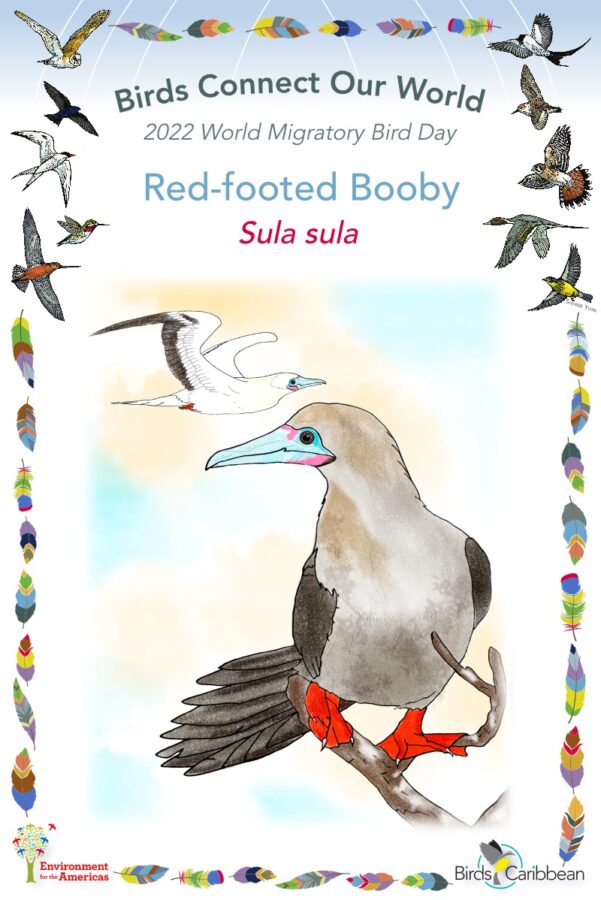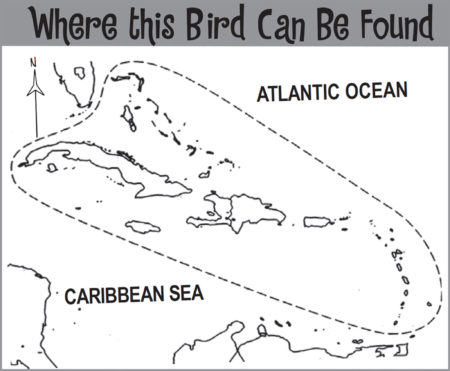Celebrate World Migratory Bird Day (WMBD) with us in 2022! This year’s theme is “Dim The Lights for Birds at Night”. Have fun learning about a new migratory bird every day. We have colouring pages, puzzles, activities, and more. Download for free and enjoy nature with your family at home.
Migratory Bird of the Day: Red-footed Booby
If you were asked to name one of the most colorful birds of the Caribbean, would you choose a seabird? Probably not, but think about it. There is a seabird in the Caribbean that has black piercing eyes surrounded by a ring of ultramarine blue skin and a patch of cobalt blue (sometimes iridescent lime green in males). Its pointy bill looks like it was dipped in a rainbow, going from velvety black at the base, to orange, then blue and pale blue at the tip! If that wasn’t enough, there is one another touch of color in this bird, some say the most important splash of color: its feet are bright red.
Say hello to the Red-footed Booby, the most colorful seabird of the tropics. These colorful seabirds have even more variation, with a “white morph” that is the most common and a less common “brown morph” that has chocolate-brown feathers all over.
Red-footed Boobies are pelagic seabirds, which means that they travel far offshore to fish. They feed by plunge diving from great heights, targeting mostly flying fish and squid. Although these birds do not technically migrate they will disperse out to sea after nesting. This means you can see Red-footed Boobies at sea year-round, you will have better luck enjoying their colorful features on land – it is best to do so with binoculars, from a respectful distance.
Of the three booby species in the Caribbean (the others are the Masked Booby and the Brown Booby), the Red-footed Booby has the most restricted range. It breeds on a limited number of small islands and cays, mainly in the Lesser Antilles and the offshore islands of northern Venezuela, though an internationally-important population can be found in the Cayman Islands. During the breeding season, from October to May, Red-footed Boobies form colonies of up to a hundred nests in trees or shrubs.
The construction of the nest is part of the Red-footed Booby’s courtship ritual. Once he is joined by a female, the male starts collecting nest material. After he finds a good stick, he flies back to the nest with the stick in its bill, then presents it to his mate who may, or may not, accept it. If she does take it, the male watches her place the stick – sometimes he may grab one end of it and work with the female. Needless to say, for Red-footed Boobies, building a nest can take some time! They lay a single, white egg which they incubate for a month and a half, and raise their chick for three and a half months.
As for many seabirds, the biggest threat affecting Red-footed Boobies on land is the destruction of nesting habitat for human development. The first step to better conserve this magnificent species (and all the other Caribbean seabirds) is to record the location of its colonies. In fact, in 2023, seabird conservation partners are planning to count nesting seabirds across the Caribbean. So, if you know of a colony of Red-footed Boobies near you, you can help by informing your local conservation group! Learn more about this species, including its range, photos, and calls here.
Colour in the Red-footed Booby
Download the Migratory Birds of the Day Colouring Page! Use the picture above and the photos on this page as your guide, or you can look up pictures of the bird online or in a bird field guide if you have one. Share your coloured-in page with us by posting it online and tagging us @BirdsCaribbean #WMBD2022Carib
Listen to the calls of the Red-footed Booby
Red-footed Booby’s will be mostly silent during the non-breeding period. The make several sounds during the breeding season including a series of guttural “karuk” calls.
Puzzles of the Day
Click on the images below to do the puzzle. You can make the puzzle as easy or as hard as you like – for example, 6, 8, or 12 pieces for young children, all the way up to 1,024 pieces for those that are up for a challenge!
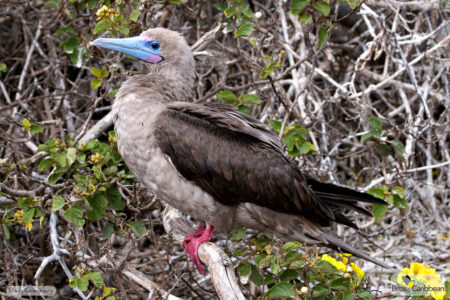
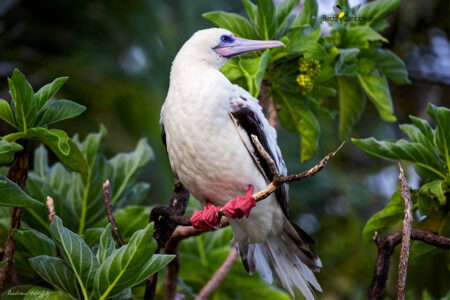
Activity of the Day
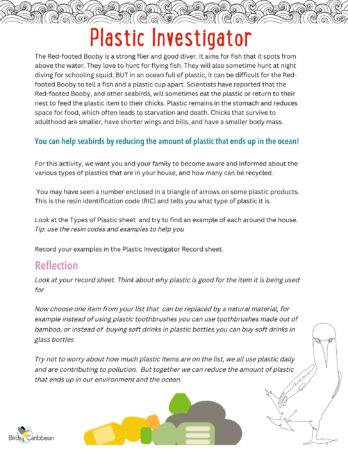 FOR KIDS: The Red-footed Booby feeds on fish and squid. They dive into the water to pluck out prey with their long, pointed bills . Like many of our seabirds Red-footed Boobies can be harmed by plastic in the seas and oceans. In an ocean full of plastic, it can be difficult for the Red-footed Booby to tell a fish and a plastic cup apart!
FOR KIDS: The Red-footed Booby feeds on fish and squid. They dive into the water to pluck out prey with their long, pointed bills . Like many of our seabirds Red-footed Boobies can be harmed by plastic in the seas and oceans. In an ocean full of plastic, it can be difficult for the Red-footed Booby to tell a fish and a plastic cup apart!
You can help seabirds by reducing the amount of plastic that ends up in the ocean, and by becoming a Plastic Investigator! For this activity, we want you and your family to become aware and informed about the various types of plastics that are in your house, and how many can be recycled. You can download out activity sheet here for more information and instructions on how to take part. Try to find an example of each type of plastic around your house. Record your examples in the Plastic Investigator Record sheet (included with the activity sheet).
FOR KIDS AND ADULTS: Enjoy this video of a light morph Red-footed Booby in the wild! These birds nest in trees along coasts and on offshore islands in the Caribbean. During migration and in winter you will see them plunge diving into the sea for fish.

